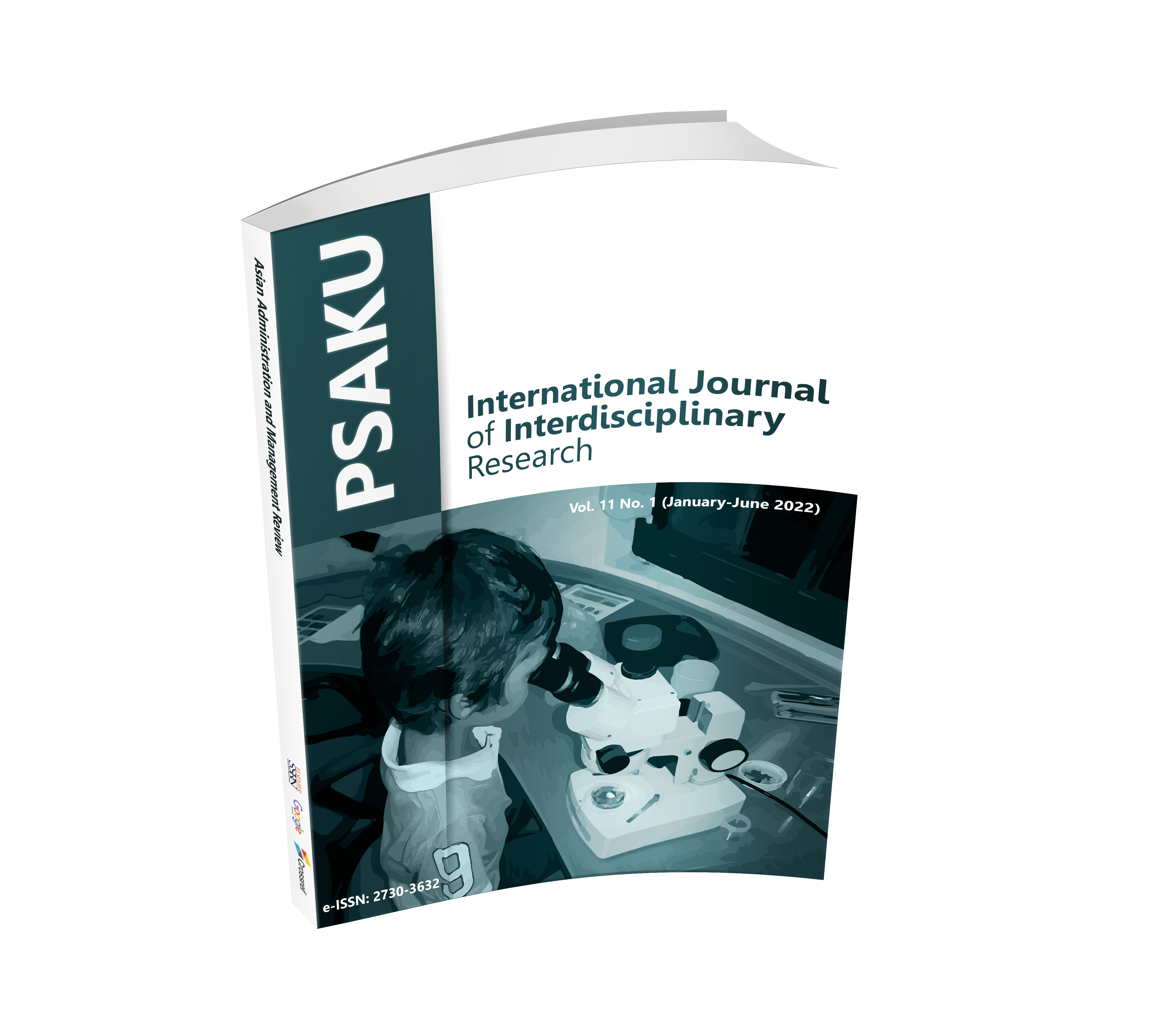Application of Geospatial Technology and R for the Wildlife Habitat Analysis in Mae Ping National Park, Thailand
Keywords:
Wildlife Habitats, Wildlife Distribution, Geospatial Technology, Cluster AnalysisAbstract
Wildlife habitat characteristics are critical tool in efficient resource management. At present, Geospatial Technology (GT) and R have been academically proven for evaluating wildlife habitats. This study focuses on analyzing wildlife habitats in Mae Ping National Park (MPNP), Thailand. GT was used to gather information on the physical parameters of wildlife habitats and R to train the data by a machine learning algorithm. The Landsat 8 data set was used with supervised classification. It was found that over 95 percent of MPNP is covered with forests and water resources appropriate for wildlife habitats. Most of the trees appeared to be deciduous dipterocarp forests, followed by dry evergreen forests, with a small amount of mixed deciduous forests in the highlands. The data, acquired by the SMART Patrol Monitoring Center in Forest Conservation Area 16 (Chiang Mai), revealed that MPNP’s wildlife is clustered, particularly in the area’s central-eastern section, with a density of 1.80 animals per square kilometer. With regard to wildlife species, it was found that wild boars are the most prevalent, followed by muntjac and sambar deer. The chi-square test was used to analyze the existence of a causal association between environmental conditions and animal habitat distribution. The results show that distances from water resources, altitude and slope, distances from saltlicks, from roads, and from tourist attractions all have a significant relationship with the wildlife habitat at a statistical significance of p < 0.05. Furthermore, a cluster analysis by k-medoids algorithm suggested that wildlife habitats could be grouped into three distinct clusters.
Downloads

Downloads
Published
How to Cite
Issue
Section
License
Copyright (c) 2022 Authors

This work is licensed under a Creative Commons Attribution-NonCommercial-NoDerivatives 4.0 International License.











.png)


